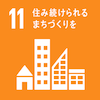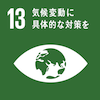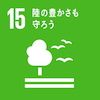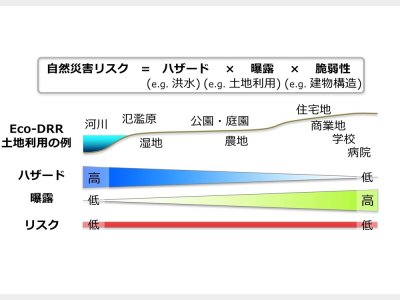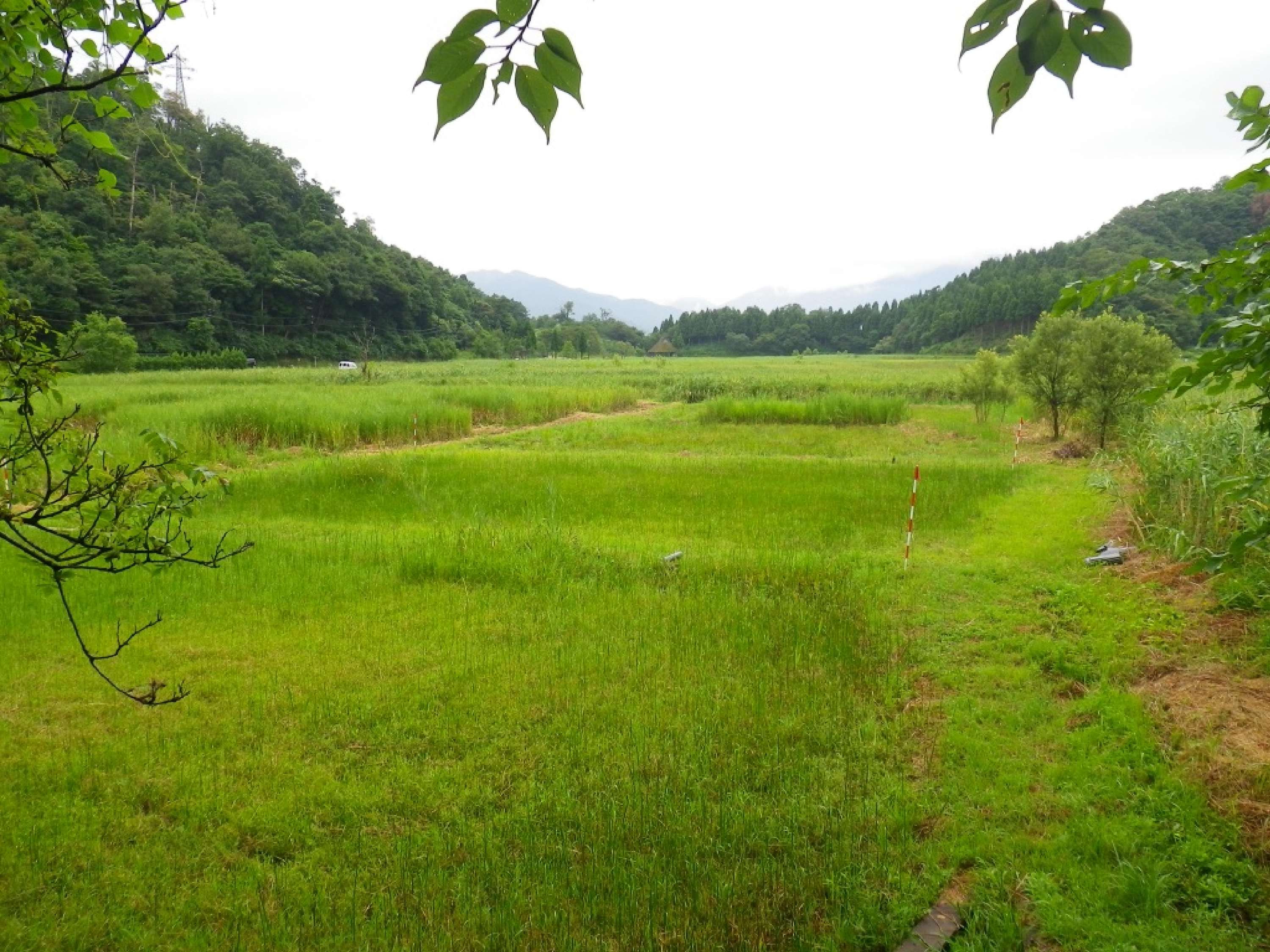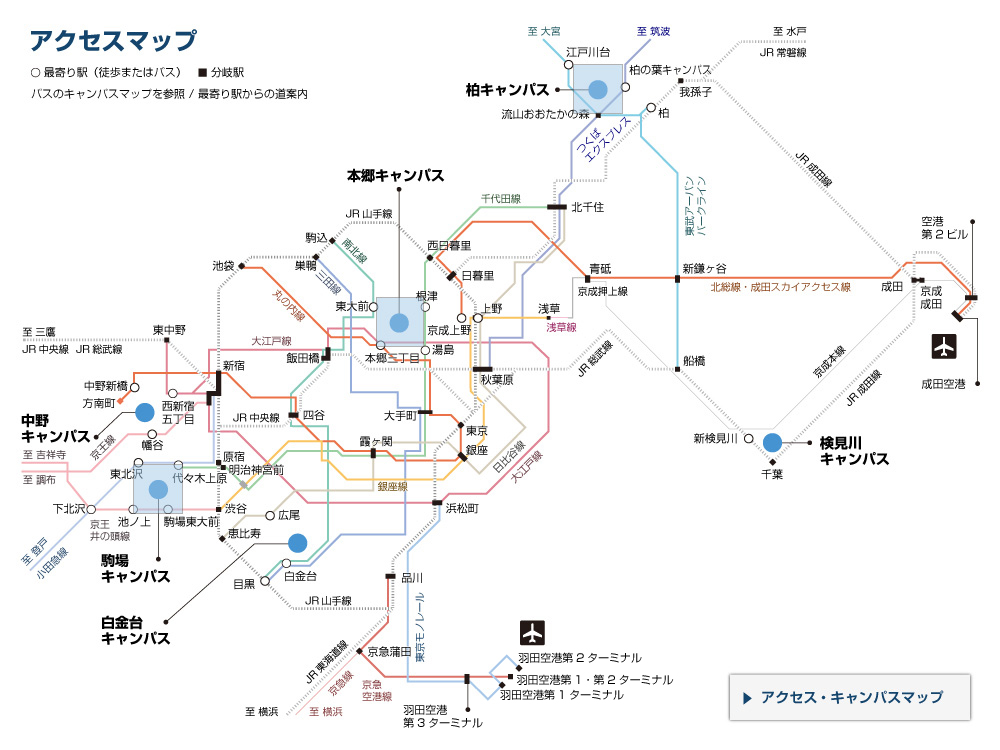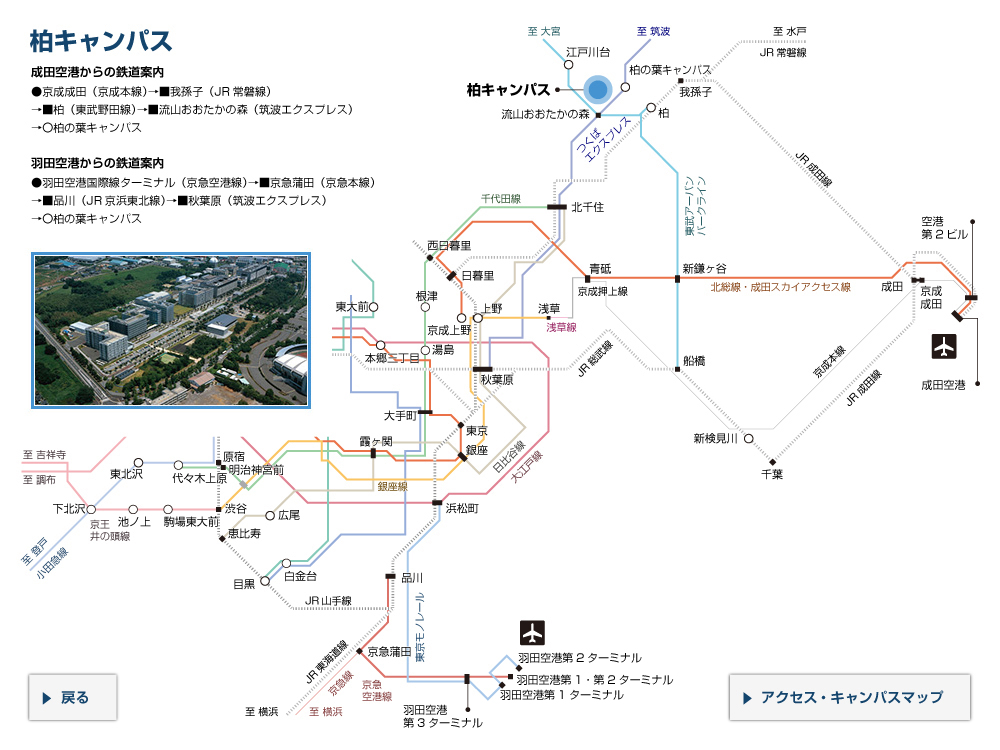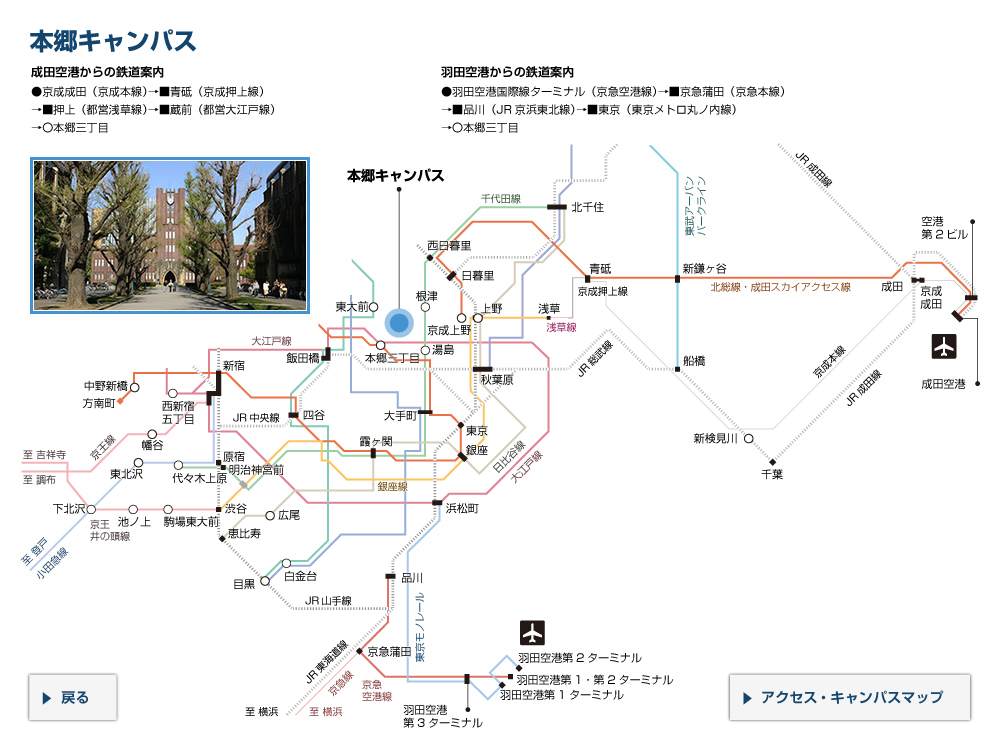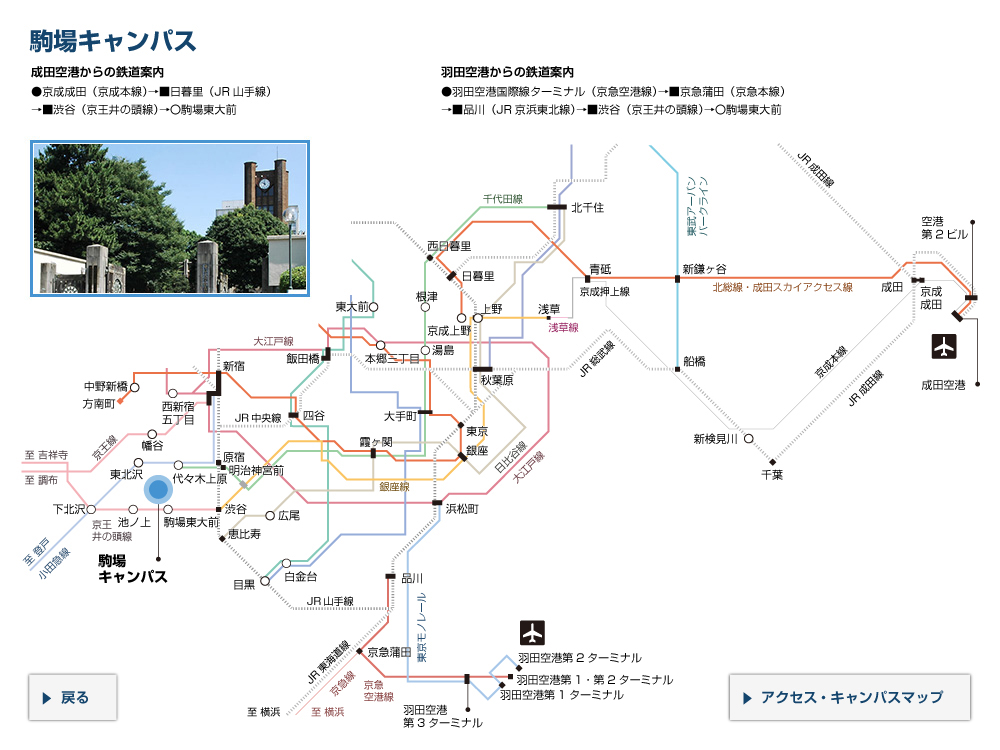気候変動適応としての生態系を活用した防災減災(Eco-DRR)の評価と社会実装


吉田 丈人
総合文化研究科
准教授
※プロジェクト終了
現在進行中かつ将来の拡大が予測されている気候変動の影響は、さまざまな分野に広がっている。本プロジェクトは、洪水・高潮・土砂災害などの自然災害に注目し、自然災害リスクに対する社会の賢い適応の実現に貢献する。自然災害リスクは、ハザード・曝露・脆弱性の三要素から構成され、曝露と脆弱性を管理することによりリスク低減する気候変動適応の重要性が高まっている。適応の具体的アプローチとして、生態系を活用した防災減災(Ecosystem-based Disaster Risk Reduction, 以下Eco-DRR)がある。Eco-DRRは、生態系がもつ防災減災機能を利用しつつ、生物多様性・生態系が提供する多様な生態系サービスを享受しようとする、多機能性を求めた適応アプローチである。Eco-DRRの社会実装における主要な課題の一つは土地利用の再編成である。現在日本の地域社会で進行している人口減少は、集約的土地利用の要求圧力をさげ、Eco-DRRの実装にとって大きなチャンスとなる。本プロジェクトでは、「気候変動による自然災害リスク増加への人口減少下における適応では、複合的あるいは選択的な土地利用の再編成によって実現される、生態系がもつ多機能性を活用する防災減災手法(Eco-DRR)が、地域社会の持続可能性に必要である」との中心理念に立ち、地域社会の気候変動適応を実現するために、二つの研究目的を設定する。[1]自然災害の防災減災と多様な生態系サービスからなる多機能性について、過去・現在・将来の土地利用比較によりEco-DRRの多面的機能を評価する。[2]地域社会・行政・保険業界などと連携した超学際的アプローチにより、Eco-DRRの合意形成・社会実装に貢献する。
現在進行中かつ将来の拡大が予測されている気候変動の影響は、さまざまな分野に広がっている。本プロジェクトは、洪水・高潮・土砂災害などの自然災害に注目し、自然災害リスクに対する社会の賢い適応の実現に貢献する。自然災害リスクは、ハザード・曝露・脆弱性の三要素から構成され、曝露と脆弱性を管理することによりリスク低減する気候変動適応の重要性が高まっている。適応の具体的アプローチとして、生態系を活用した防災減災(Ecosystem-based Disaster Risk Reduction, 以下Eco-DRR)がある。Eco-DRRは、生態系がもつ防災減災機能を利用しつつ、生物多様性・生態系が提供する多様な生態系サービスを享受しようとする、多機能性を求めた適応アプローチである。Eco-DRRの社会実装における主要な課題の一つは土地利用の再編成である。現在日本の地域社会で進行している人口減少は、集約的土地利用の要求圧力をさげ、Eco-DRRの実装にとって大きなチャンスとなる。本プロジェクトでは、「気候変動による自然災害リスク増加への人口減少下における適応では、複合的あるいは選択的な土地利用の再編成によって実現される、生態系がもつ多機能性を活用する防災減災手法(Eco-DRR)が、地域社会の持続可能性に必要である」との中心理念に立ち、地域社会の気候変動適応を実現するために、二つの研究目的を設定する。[1]自然災害の防災減災と多様な生態系サービスからなる多機能性について、過去・現在・将来の土地利用比較によりEco-DRRの多面的機能を評価する。[2]地域社会・行政・保険業界などと連携した超学際的アプローチにより、Eco-DRRの合意形成・社会実装に貢献する。
プロジェクトに関するURL
共同実施者
・飯田 晶子 大学院工学系研究科 助教
・伊藤 元己 大学院総合文化研究科 教授
・齋藤 暖生 大学院農学生命科学研究科 助教
・柴崎 亮介 空間情報科学研究センター 教授
・武内 和彦 サステイナビリティ学連携研究機構 機構長
・土屋 一彬 大学院農学生命科学研究科 助教
・長井 正彦 東京大学空間情報科学研究センター 特任准教授
・橋本 禅 大学院農学生命科学研究科 准教授
・古米 弘明 大学院工学系研究科 教授
・宮崎 浩之 東京大学空間情報科学研究センター 特任助教
・宮下 直 大学院農学生命科学研究科 教授
・八木 信行 大学院農学生命科学研究科 教授
・八木 洋憲 大学院農学生命科学研究科 准教授
・山路 永司 大学院新領域創成科学研究科 教授
・山本 清龍 大学院農学生命科学研究科 准教授
ほか、学外の共同実施者多数につき省略
・伊藤 元己 大学院総合文化研究科 教授
・齋藤 暖生 大学院農学生命科学研究科 助教
・柴崎 亮介 空間情報科学研究センター 教授
・武内 和彦 サステイナビリティ学連携研究機構 機構長
・土屋 一彬 大学院農学生命科学研究科 助教
・長井 正彦 東京大学空間情報科学研究センター 特任准教授
・橋本 禅 大学院農学生命科学研究科 准教授
・古米 弘明 大学院工学系研究科 教授
・宮崎 浩之 東京大学空間情報科学研究センター 特任助教
・宮下 直 大学院農学生命科学研究科 教授
・八木 信行 大学院農学生命科学研究科 教授
・八木 洋憲 大学院農学生命科学研究科 准教授
・山路 永司 大学院新領域創成科学研究科 教授
・山本 清龍 大学院農学生命科学研究科 准教授
ほか、学外の共同実施者多数につき省略
主な関連論文
Robles, L.R. and Ichinose, T. (2016) Trust, connections and social capital in disaster: a study on the 2013 typhoon Haiyan affected residents in Leyte, Philippines. Journal of Environmental Information Science 44(5): 79-86.
Kamiyama, C., Hashimoto, S., Kohsaka, R. and Saito, O. (2016) Non-market food provisioning services via homegardens and communal sharing in satoyama socio-ecological production landscapes on Japan’s Noto peninsula. Ecosystem Services 17: 185-196.
Basu, M, Hoshino, S. and Hashimoto, S. (2016) A pragmatic analysis of water supply and demand, and adaptive capacity in rural areas: development of Rural Water Insecurity Index. Natural Hazards 81 (1): 447-466.
Saito, M.U., Kurashima, O., and Ito, M. (2016) Climate change and the northward shift of Cryptotympana facialis in Japan: evidence from national survey data. Climate Research 68(1): 13-23.
Molla, N.A., Sangsanont, J., Thayanukul, P. and Furumai H. (2016) Proper dissemination of information to improve people awareness on flood disaster: a case study of 2011 flood in Thailand. Applied Environmental Research 38 (2): 1-12.
Shin, K.J., Nakakido, R., Horie, S. and Managi S. (2016) The effects of community attachment and information seeking on displaced disaster victims' decision making, PLOS ONE 11(3): e0151928.
Furuta N. and S. Seino (2016) Progress and gaps in Eco-DRR policy and implementation after the Great East Japan Earthquake. in Renaud, F.G., Sudmeier-Rieux, K., Estrella, M., Nehren, U. (Eds.), Ecosystem-Based Disaster Risk Reduction and Adaptation in Practice, Springer International Publishing Switzerland, 2016, XXII, p. 598
Miyazaki, H., Nagai, M., Shibasaki, R. (2015) Reviews of geospatial information technology and collaborative data delivery for disaster risk management. ISPRS International Journal of Geo-Information 4(4): 1936-1964.
Tsuchiya, K., Aoyagi, M., Okuro, T., Takeuchi, K. (2014) The potential of, and threat to, the transfer of ecological knowledge in urban areas: The case of community-based woodland management in Tokyo, Japan. Ecology and Society 19(2): 25.
Maruyama Y. (2014) Socialization of renewable energy. Yuhikaku. pp. 242. (in Japanese)
Onuma A. (2012) Monetary benefit sharing arising from bioprospecting with traditional knowledge between the north and the south. International Journal of Ecological Economics and Statistics 26: 16-30.
Fukamachi, K., Miki, Y., Oku, H. and Miyoshi, I. (2011) The biocultural link: isolated trees and hedges in Satoyama landscapes indicate a strong connection between biodiversity and local cultural features. Landscape and Ecological Engineering 7: 195-206.
Morimoto, J., Kondo, T. and Miyauchi, T. (2009) Satoyama-satoumi sub-global assessment in Japan and involvement of the Hokkaido Cluster. Landscape and Ecological Engineering 5(1): 91-96.
Matsuzaki SS, Terui A, Kodama K, Tada M, Yoshida T, Washitani I (2011) Influence of connectivity, habitat quality and invasive species on egg and larval distributions and local abundance of crucian carp in Japanese agricultural landscapes. Biological Conservation 144:2081-2087
Kamiyama, C., Hashimoto, S., Kohsaka, R. and Saito, O. (2016) Non-market food provisioning services via homegardens and communal sharing in satoyama socio-ecological production landscapes on Japan’s Noto peninsula. Ecosystem Services 17: 185-196.
Basu, M, Hoshino, S. and Hashimoto, S. (2016) A pragmatic analysis of water supply and demand, and adaptive capacity in rural areas: development of Rural Water Insecurity Index. Natural Hazards 81 (1): 447-466.
Saito, M.U., Kurashima, O., and Ito, M. (2016) Climate change and the northward shift of Cryptotympana facialis in Japan: evidence from national survey data. Climate Research 68(1): 13-23.
Molla, N.A., Sangsanont, J., Thayanukul, P. and Furumai H. (2016) Proper dissemination of information to improve people awareness on flood disaster: a case study of 2011 flood in Thailand. Applied Environmental Research 38 (2): 1-12.
Shin, K.J., Nakakido, R., Horie, S. and Managi S. (2016) The effects of community attachment and information seeking on displaced disaster victims' decision making, PLOS ONE 11(3): e0151928.
Furuta N. and S. Seino (2016) Progress and gaps in Eco-DRR policy and implementation after the Great East Japan Earthquake. in Renaud, F.G., Sudmeier-Rieux, K., Estrella, M., Nehren, U. (Eds.), Ecosystem-Based Disaster Risk Reduction and Adaptation in Practice, Springer International Publishing Switzerland, 2016, XXII, p. 598
Miyazaki, H., Nagai, M., Shibasaki, R. (2015) Reviews of geospatial information technology and collaborative data delivery for disaster risk management. ISPRS International Journal of Geo-Information 4(4): 1936-1964.
Tsuchiya, K., Aoyagi, M., Okuro, T., Takeuchi, K. (2014) The potential of, and threat to, the transfer of ecological knowledge in urban areas: The case of community-based woodland management in Tokyo, Japan. Ecology and Society 19(2): 25.
Maruyama Y. (2014) Socialization of renewable energy. Yuhikaku. pp. 242. (in Japanese)
Onuma A. (2012) Monetary benefit sharing arising from bioprospecting with traditional knowledge between the north and the south. International Journal of Ecological Economics and Statistics 26: 16-30.
Fukamachi, K., Miki, Y., Oku, H. and Miyoshi, I. (2011) The biocultural link: isolated trees and hedges in Satoyama landscapes indicate a strong connection between biodiversity and local cultural features. Landscape and Ecological Engineering 7: 195-206.
Morimoto, J., Kondo, T. and Miyauchi, T. (2009) Satoyama-satoumi sub-global assessment in Japan and involvement of the Hokkaido Cluster. Landscape and Ecological Engineering 5(1): 91-96.
Matsuzaki SS, Terui A, Kodama K, Tada M, Yoshida T, Washitani I (2011) Influence of connectivity, habitat quality and invasive species on egg and larval distributions and local abundance of crucian carp in Japanese agricultural landscapes. Biological Conservation 144:2081-2087
問い合わせ先
- 担当: 吉田 丈人
- 電話: 03-5454-6645/03-5454-6423
- メールアドレス: cty[at]mail.ecc.u-tokyo.ac.jp
※[at]を@に置き換えてください
- カテゴリナビ



